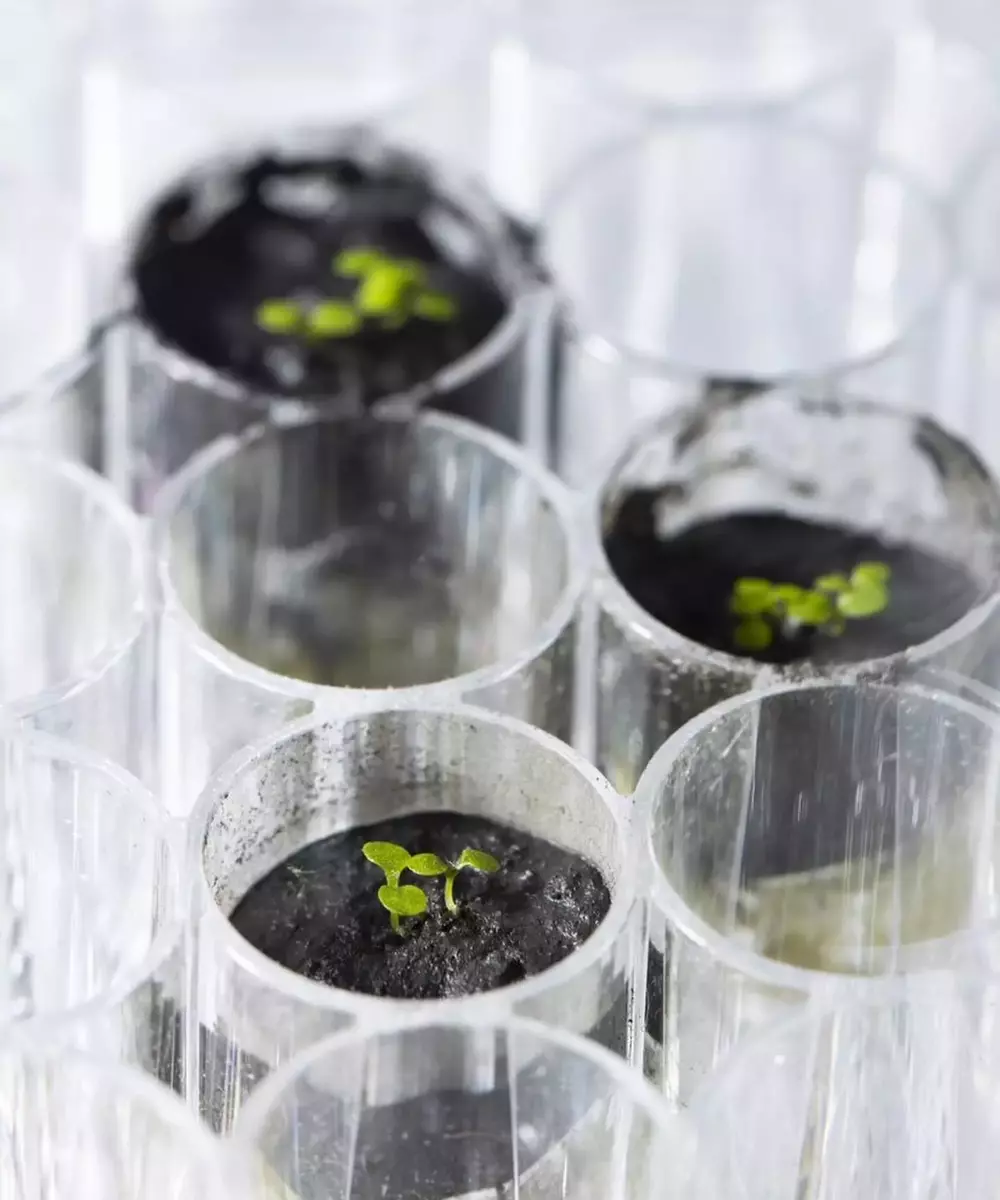For the first time ever, NASA researchers have grown the hardy and well-studied plant, Arabidopsis thaliana, in samples of the lunar surface material known as regolith,” the US space agency wrote on its Instagram page.
“In the early days of space age, Apollo astronauts collected regolith and brought it back to Earth where they could be studied with state-of-the-art equipment and saved for future research not yet imagined. Fifty years later, at the dawn of the @NASAArtemis era, samples collected on the Apollo 11, 12, and 17 missions have been used to successfully grow plants in the nutrient poor lunar regolith,” the statement said.
“Scientists at the @UFlorida @UFIFAS_Solutions made the breakthrough discovery which started with two questions: Whether plants can grow in regolith, and second, how might that one day help humans have an extended stay on the Moon. With a resounding yes to the first question, the team hopes to go on to answer the second question as well, paving the way for future astronauts to someday grow more nutrient-rich plants on the Moon and thrive in deep space,” the statement added.




















